exploring Cuban cacao
In previous posts, I’ve taken you to the Cuban chocolate factory in Mabujabo in Eastern Cuba, and to the home of a Cuban woman who is making chocolate from her home-grown cacao near Baracoa. In this week’s post, I’d like to show you more of what I learned while exploring Cuban cacao, and how supporting the efforts of local farmers makes you a practitioner of sustainable travel.

These roasted cocoa beans from Baracoa, Cuba, are the plumpest most flavourful cocoa beans I have ever tasted. Thanks to a local women’s cocoa cooperative–Finca Las Mujures–for providing them.
I visited the home of a man who has worked in Cuba’s cocoa industry for the past 70 years. I visited a state-run farm (finca) where cocoa discovery tours are conducted by the government. I visited a cocoa cooperative where private farmers are growing cocoa together under a state-run model. I visited Cuba’s Cocoa Research Centre and learned about the work they have been doing, and I visited Centro de Gestion El Jamal, the regional processing facility where the farmers bring their cocoa beans to be fermented and dried. I’ll try and touch on the highlights of each of those visits within the context of this post, as that’s a lot to cover!
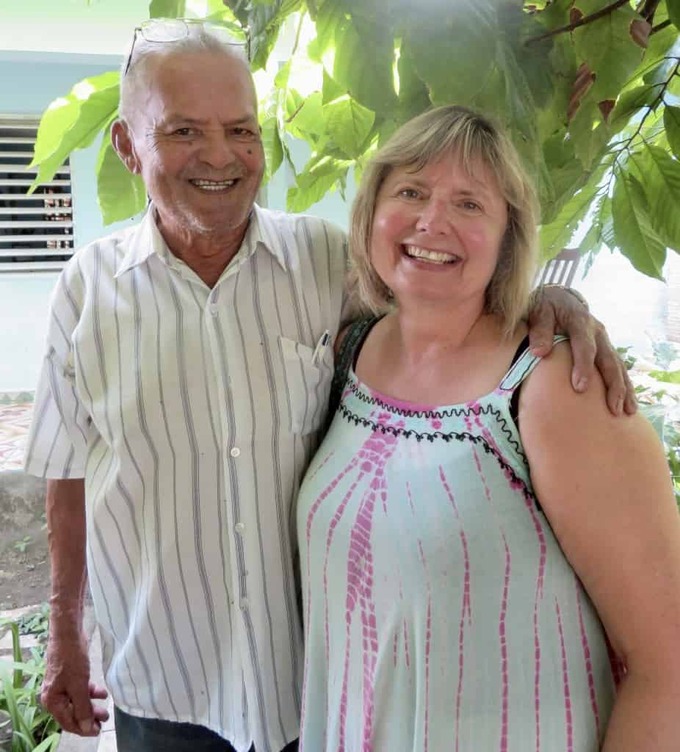
Our hosts insisted on a photo with Urbano, ‘King of Cuban Cacao’ and ‘Doreen the Chocolate Queen’ as one of my readers fondly pegged me.
Urbano Rodriguez Gainza is known as Cuba’s King of Cacao. He’s 86-years-old and very knowledgeable about the world of cacao. But I have to tell you! Interviewing him (via an interpreter) was the most difficult interview I’ve ever conducted in my (near) 30 years as a journalist. A self-proclaimed lifelong student of cacao, Urbano is really quite the philosopher and loves to tell stories about life and love. So every question I’d ask him would take a good half hour to get to the answer via the long and winding–and very colourful–road. Urbano drinks cocoa three times per day. He grinds and crushes his own cocoa beans into a paste, mixes that with water and milk, seasons with cinnamon and Chinese ginger root, simmers for five minutes, and then drinks this hot in the morning, and cold the rest of the day. Urbano has spoken at international cocoa conferences in 13 countries, sharing his tips on growing cacao and its importance to the economies of developing countries.

The leadership and team of the Cocoa Research Centre of Cuba worked tirelessly to restore the country’s cocoa crop that had been devastated by Hurricane Matthew in 2016.
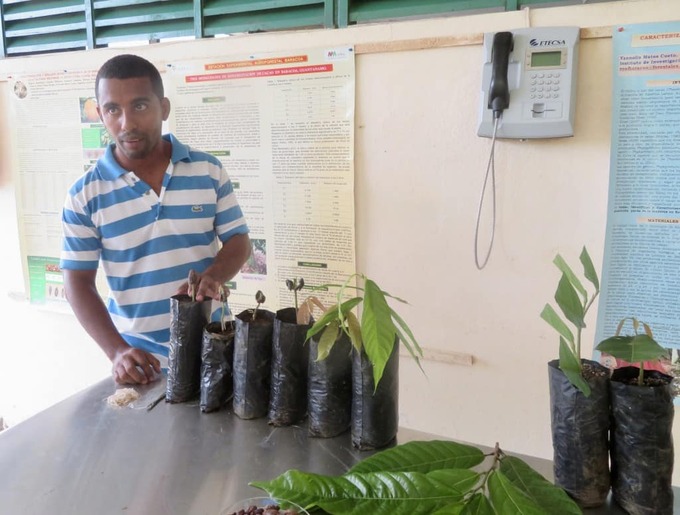
Students at the Cocoa Research Centre of Cuba enthusiastically showed me the various steps in crop restoration, which included grafting of the cocoa seedlings to create stronger plants.
The Cocoa Research Centre has been instrumental in restoring the cocoa industry in Cuba following the devastation caused by Hurricane Matthew in 2016 that damaged 90% of Cuba’s cocoa crop. At the time of my visit in July, 2018, 70% of the restoration process had been completed. Each cacao tree had been affected differently, so it has been a very slow and detailed process of helping each damaged tree to heal, and to replant the 50-60% of the total cacao trees that had been completely destroyed. The research centre is doing tremendous work and is seeking investors to help increase the expanse and effectiveness of their efforts.
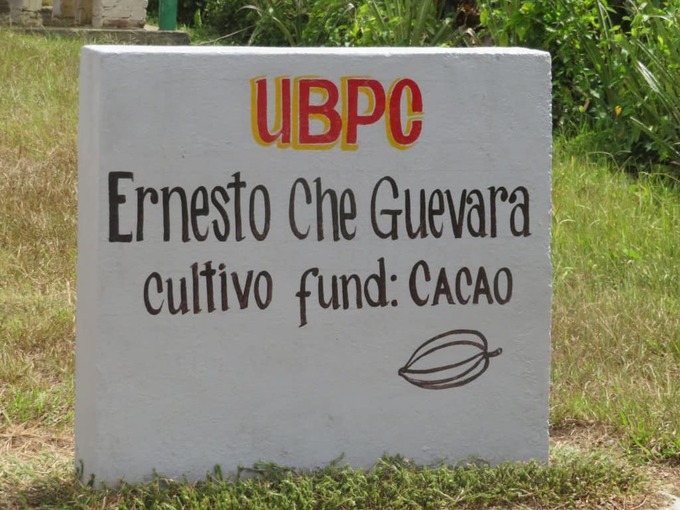
This UBPC cocoa cooperative is home to 45 families in Eastern Cuba.
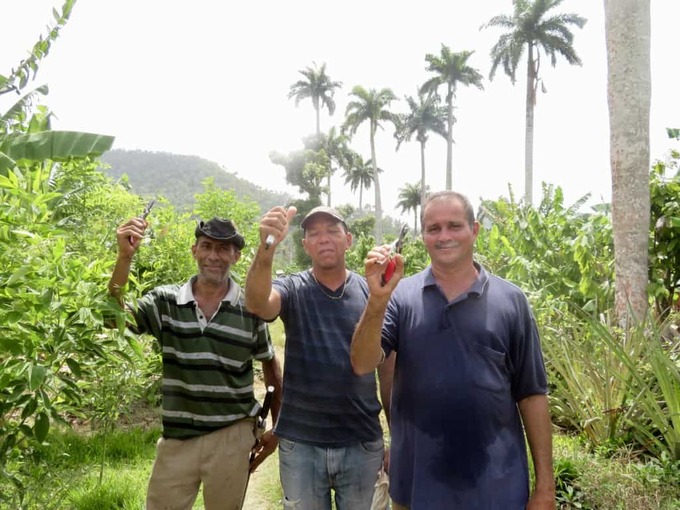
These cocoa farmers gave me a demonstration on how they prune their cacao trees between the spring and fall harvests. They’re saluting goodbye with their pruning clippers.
There are a total of 92 cooperatives in the region that grow cocoa, coffee, and /or coconuts. I enjoyed meeting cocoa farmers of the UBPC Che Guevara y Jose Maceo Nogueira cooperative. This a mid-sized cooperative on 130 hectares (321 acres) where 45 families work together to grow cacao that they sell to the state and other crops such as bananas and gandul beans (also called pigeon peas) to feed their families. I was inspired by their resilience, as they told me that although the hurricane brought many bad things, it created opportunities to incorporate change and achieve better growth for their community.
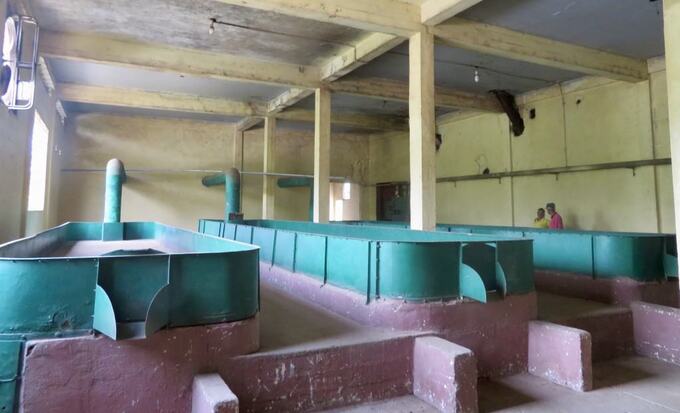
The cocoa beans are dried on these platforms at the Jamal processing plant.
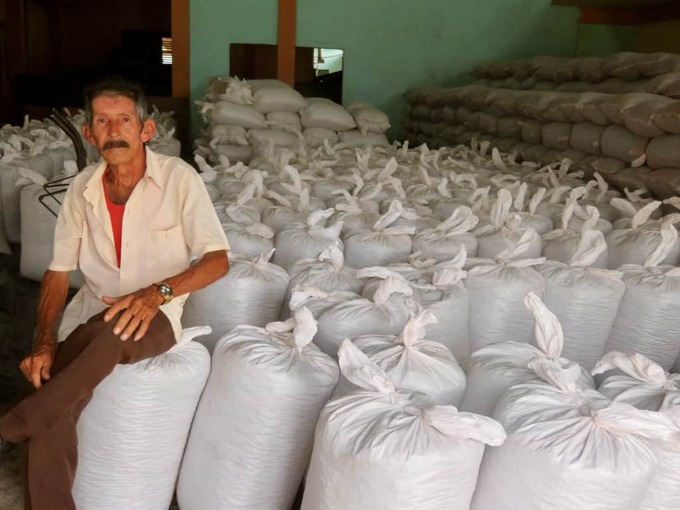
There was an enormous amount of Cuban cocoa waiting to be shipped to the chocolate making factory in Mabujabo that was closed during 2018 for a major overhaul, with plans to resume production in January, 2019.
Farmers from the various cocoa cooperatives throughout Eastern Cuba bring their cocoa beans to the central processing facility in Jamal, the second largest community in the Baracoa region. Centro de Gestion El Jamal has extensive drying and processing equipment to handle the 781.96 tonnes of cocoa produced in an average year. Exporting of Cuban cacao was reduced to almost nil since Hurricane Matthew, but will increase again as crops get back to pre-hurricane levels.
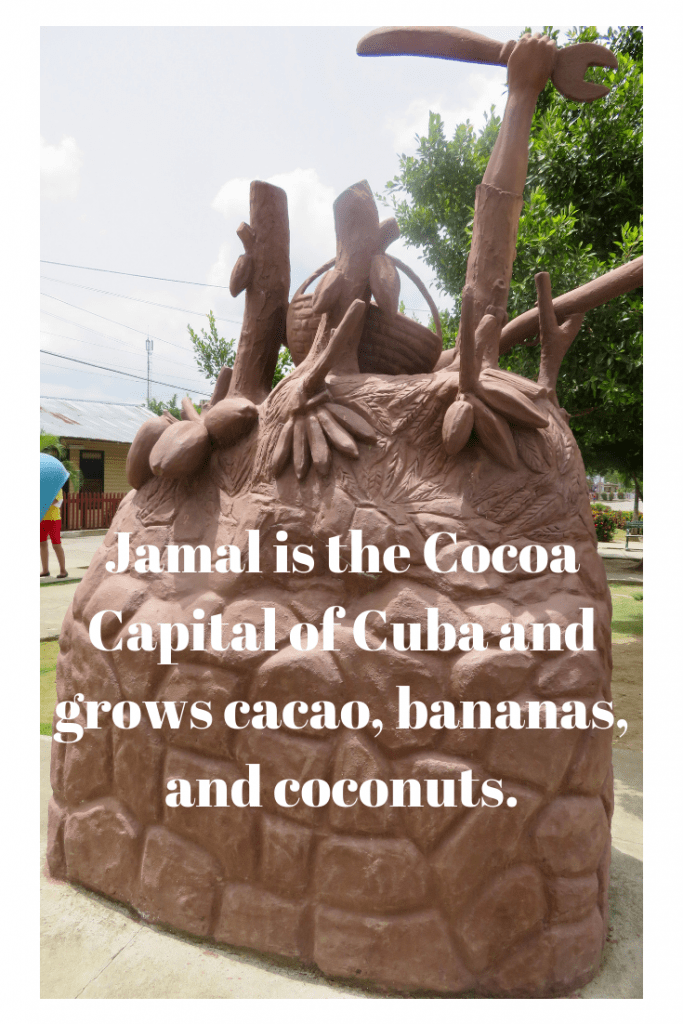
You will see the above sculpture celebrating the major crops of cacao, banana, and coconut at the Jamal Cultural Centre. Jamal is the hub to a regional chocolate festival and is deemed the Cocoa Capital of Cuba. (Baracoa is the Chocolate Capital of Cuba as the making of chocolate occurs there and will also host events during the 2019 Chocolate Fest October 9-14.)
I hope you enjoyed this educational post about Cuban cacao, its importance to the economy of this intriguing Caribbean nation, and why it may be of interest to chocolate lovers who are hoping to visit Cuba. My thanks to the Cuban Tourism Board for arranging this amazing trip for me so that I could share it with all of you. 🙂
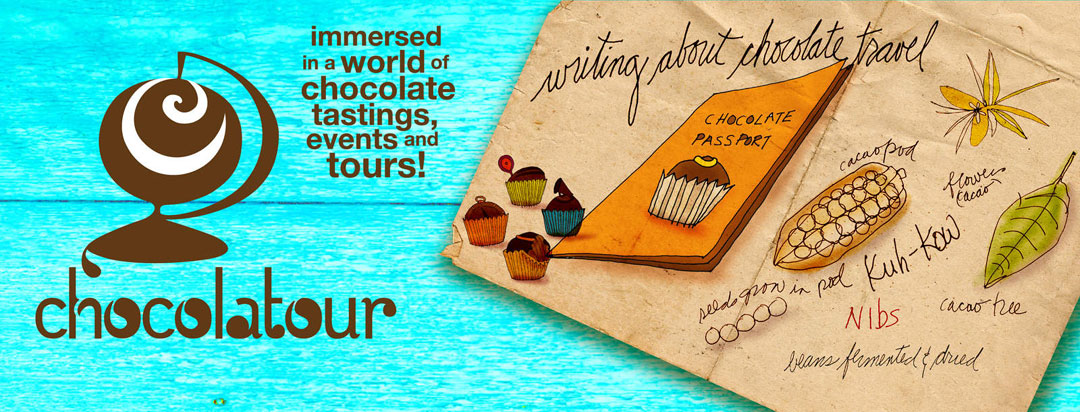


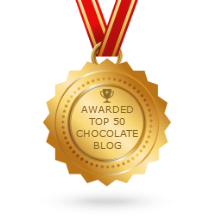
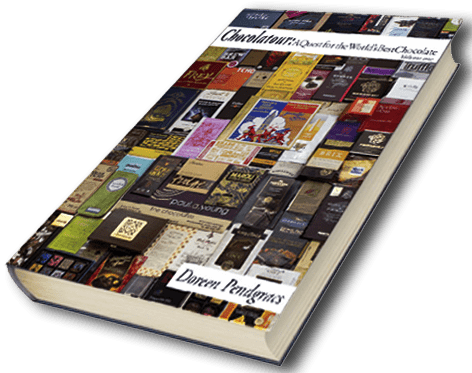




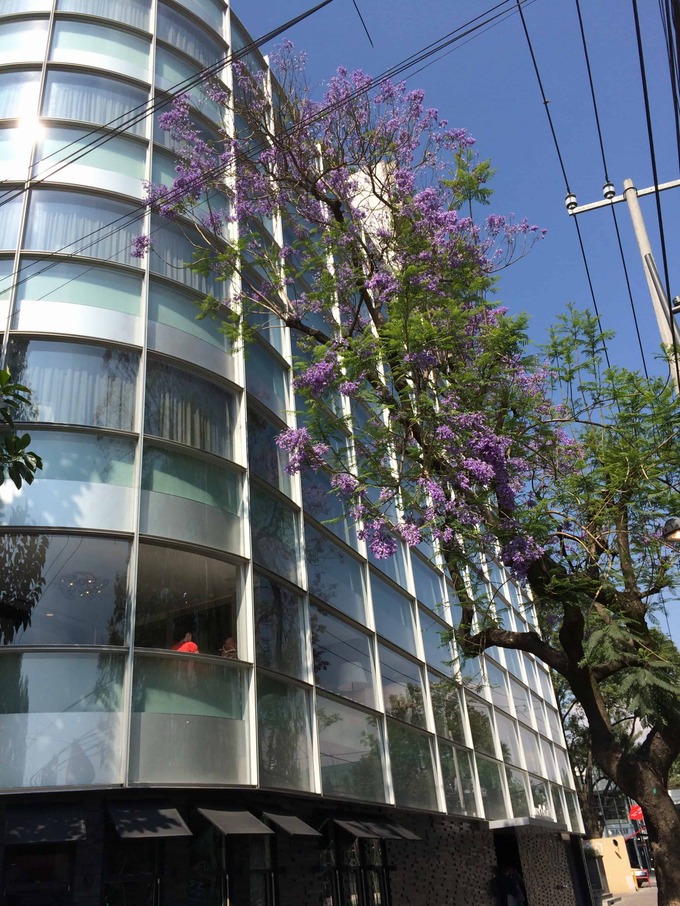

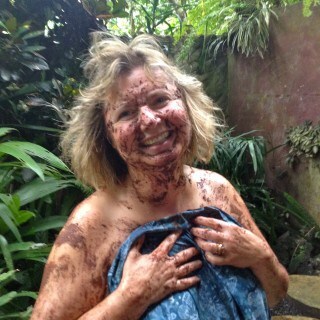
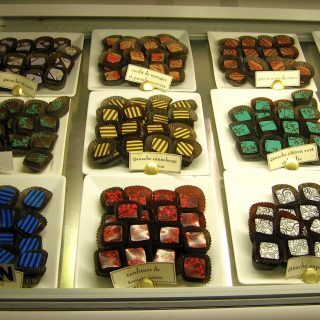
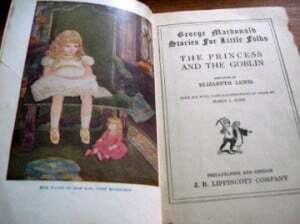
This post about exploring Cuban cacao is fascinating. I’m curious about the flavors and qualities of Cuban cocoa beans compared to those from other regions. Do they have a distinct taste, and are there unique chocolate products made from Cuban cocoa that visitors can try?
Cuban cacao is indeed extremely flavourful with intense cocoa notes. There are quite a number of global bean-to-bar makers who have used Cuban cacao to make their bars. Unfortunately, it is often in short supply and therefore not widely available outside of Cuba.
It’s great that a special focus like yours on chocolate opens doors to local growers, small towns, and people you’d otherwise not meet in your travels. Fascinating story. Kudos.
Thanks so much, Kristin. Yes, I do feel very privileged that my work in the world of chocolate and cacao takes me into people’s homes, workplaces, farms, and into their unique worlds. 🙂 Thx for stopping by.
Doreen Pendgracs recently posted…finding pleasure in Placencia, Belize
Your posts are always so Fantastic. I love learning about the world of Chocolate. Thanks for sharing this post with us.
The cocoa beans you brought back were delicious sprinkled on my yogurt in the morning. Yum!
Hi Virginia. Yes, cocoa beans (nibs) are super on fruit and yogurt, on ice-cream, salads and in chili. Such a rich and savoury flavour. I’m glad you enjoyed the cuban beans from Baracoa.
Doreen Pendgracs recently posted…exploring Cuban cacao
I’d love to hear Urbano’s stories! Thanks for this interesting behind-the-scenes look at the Cuban cocoa industry. It’s so easy to forget what processes go into making the chocolate we eat!
Thanks, Rachel. I’m glad you enjoyed this story about cuban cacao and the resilience of the Cuban people.
Doreen Pendgracs recently posted…exploring Cuban cacao
Living in Australia, although I had heard about Hurricane Matthew I wasn’t aware that it had such long term consequences for Cuban cacao production. We had a similar storm (called cyclones here) hit our banana industry about 10 years ago and I remember it took years and years for the banana plantations to recover.
Hi Lyn and thanks for your comment. Yes, when we hear about a storm, we usually think about the immediate effects. But we rarely follow it thru to realize the longterm effects.
Doreen Pendgracs recently posted…exploring Cuban cacao
What a fascinating post! Those roasted cocoa beans from Baracoa, Cuba look deliciously roasted. Your interview sounds like a real experience!
thanks for your comment, Michele. Yes, overall, I’d say my cocoa trip to Eastern Cuba was enlightening, challenging, fun, and totally tasty! 🙂
Doreen Pendgracs recently posted…exploring Cuban cacao
What a fascinating trip you had! I could relate to your extra-long interview experience; I’ve had those, too, but I’m sure you were enriched by hearing his stories! I had the cocoa nib chocolate from Grenada and loved it. Hopefully, Cuban chocolate will be able to be exported in the future.
Hi Debbie and thanks for your comment. Yes, Grenadian chocolate is truly wonderful. I love the natural smokiness of their beans. Cuba has great potential with their cocoa industry as they beans are terrific. Hopefully, Mother Nature will be kind to the Cubans in the years to come. 🙂
Doreen Pendgracs recently posted…exploring Cuban cacao
Interesting place! My wife and I are just going to take a vacation to Cuba. Every car booked and found a good hotel. Now we are in search of places that will be interesting to visit
Another great chocolate-themed trip. (I tried some Caribbean chocolate yesterday and was amazed to find it tasted nothing like I am used to – I could become a convert!)
Your posts are always so delicious, and I am always so pleased to know chocolate is alive and well everywhere–this time in Cuba.
Hi Carole and thx for your comment. Yes, it’s wonderful to know that one can find great tasting cocoa and chocolate in vitally every part of the world. That’s why chocolate travel is so much fun!
Love following your Cuba posts! What a warm and welcoming people!
Thanks, Irene! Yes, indeed. The Cuban people are most welcoming & very proud of their heritage and social programs.
Doreen, once again your post is educational and fun to read and your photos add so much. I love traveling vicariously with you. I always appreciate the new tastes you bring with you and it was lovely to sample some of the Cuban cocoa beans. I found them much sweeter and tastier than others I’ve tried and I’d be more inclined to eat the entire beans rather than just the nibs, which is what I extracted from the other beans. Your generosity shows not only in your posts, where you are so complimentary to the people you meet, but in the spirit of educating us all from your chocolate travels.
Thanks for your comment, Christine. I’m really glad you appreciate the educational component to what I am doing. I seem to be straddling the grey area between chocolate lover and cacao advocate, and sometimes find it difficult to bridge that gap. Most of my readers do understand that I dwell in that grey area and like to combine the two. But some are only interested in one or the other.
By the way, cocoa nibs are just broken up roasted cocoa beans. Roasting of the beans makes them more mellow. That is probably why you found the roasted Cuban beans to be ‘sweeter’ than the fermented (but not roasted) cocoa beans from Costa Rica that I had brought you long ago. Cheers to chocolate. 🙂
Doreen Pendgracs recently posted…exploring Cuban cacao
I would very much like to have a taste of one of those cocoa beans. They look rich in taste and texture. Urbano looks rather healthy for an 86 year old. What a long time to be working in the business! ‘King of Cuban cacao’ is a fitting name.
Hi Phoenicia. Yes, tasting terrific cocoa beans like the ones I had from Baracoa really give you the sense of what chocolate is supposed to taste like before it is poorly processed or mistreated in the chocolate making industry.
Doreen Pendgracs recently posted…exploring Cuban cacao
OMG, Being a cocoa lover. I have never thought that how much hardship it involves to reach to us, the pictures in itself shows the hardships of the farmers, it was such an informative read, The number of trees destructed is really high, I hope the industry will be back soon to normal.
Thanks very much for your comment, Tushita. I’m glad you enjoyed the depth of this post.
Doreen Pendgracs recently posted…exploring Cuban cacao
I found this post very interesting. Farming is never an easy life, but these Cuban cacao farmers have faced extra challenges. You have to admire their resilience. Hopefully, the industry gets back to pre-hurricane numbers.
Indeed, Donna. You and I coming from the agricultural based province of Manitoba can particularly empathize with the hardships the Cuban farmers have had to endure, as our own farmers here have had bad years on occasion.
Doreen Pendgracs recently posted…exploring Cuban cacao
What an incredible tour through Cuban cacao. I would absolutely love to chat with Urbano while sipping on some of his ginger, cinnamon cacao drink! Maybe one day!
Hi Lois. Urbano never chats. He goes on a philosophical journey when posed with practically any question. But i did enjoy the ride!
Doreen Pendgracs recently posted…exploring Cuban cacao
What a wonderful article about the Cuban cocoa growing and their recovery from good old Mother Nature. I loved reading about Urbano and all his stories. What fun.
Thanks, RoseMary. I am so pleased that I was able to effectively transpose the emotional journey the farmers had been on, and the simple joy that Urbano is living. Cocoa/cacao is such a magical crop. It brings out the best in all people.
Doreen Pendgracs recently posted…exploring Cuban cacao
Thanks Doreen for the informative post and for the sample beans that you shared: I’d never tried cocoa beans before so it was an interesting new taste for me.
Thanks, Sue, and welcome to Chocolatour! I’m glad you enjoyed tasting–and learning about– the world of Cuban cacao. It’s so encouraging to see they have an excellent raw product to work with. They just need to learn how to make great chocolate from it, as other countries are already making awesome chocolate from Cuban cocoa beans.
Doreen Pendgracs recently posted…exploring Cuban cacao
Doreen, we love following your journeys, as much as we love chocolate. Thanks for showing us a behind the scenes peek at the cocoa industry in Cuba. It is so interesting.
Thanks so much Jeff and Crystal. I am pleased that you find the posts interesting. It is important for me to tell these stories.
Doreen Pendgracs recently posted…exploring Cuban cacao
Thanks, Doreen for the great post. I love chocolate and Cuba is on my bucket list, Chocolate gives me another reason to visit there.
Hi Tina. I hope that by the time you get there, the Cubans will indeed be making great chocolate. (Right now, it’s overly sweet.) But if you can get your hands on some cocoa nibs, buy them! The nibs are just broken up roasted cocoa beans, and as you’ve heard from many comments here from people who have tried them, the Cuban cocoa beans are delicious.
Doreen Pendgracs recently posted…exploring Cuban cacao
Such a nice tribute to the hard work the stakeholders of the Cuban cacao industry consistently followed. Such persistence should also be seen in the quality of their chocolates!
Hopefully it will, Carol. They’ve just bought all new equipment for their factory. And if the manager followed my advice, they’ve sought mentorship or guidance from pros around the world who can help them ‘raise their game’ when they reopen their factory in January.
Doreen Pendgracs recently posted…exploring Cuban cacao
Great post, Doreen! I love chocolate and Cuba, and I had no idea there was chocolate there. I hope to visit the plantation someday. Thanks so much for bringing some of those cocoa beans to the PWAC event in Toronto. So tasty! I was surprised.
Thanks for your comment, Carolyn. That is indeed my mission. To encourage not only chocolate lovers, but those interested in sustainable travel to investigate local offerings when they’re travelling, and find out what options they can support to help change lives one step at a time.
Doreen Pendgracs recently posted…exploring Cuban cacao
Loved having the opportunity to sample the cocoa beans you shared at our Toronto PWAC gathering, Doreen. I think they had what I would describe as a naked chocolate flavor without any sugar or sweetener that I really enjoyed. Thanks for sharing not only the beans but the story of the dedicated people who make this their life’s work. I enjoyed your commentary as well and it made me realize how vulnerable the Cuban chocolate industry is to weather catastrophes, when every twist and turn of nature can affect their livelihood so dramatically. Lots to ponder. You are glowing in the picture, and your love for what you do is so evident. Keep up the great work!
Thanks, Margaret. You know me. I love to share! Yes, with cocoa being such a sensitive crop, it is highly vulnerable to weather changes like excess rain, sun, wind, or all of the above!
Doreen Pendgracs recently posted…exploring Cuban cacao
thanks for this extremely informative and interesting post. I saw, firsthand, some of the damage done by that hurricane in several regions, but I never though of the impact on the cacao industry. I also wondered if consuming cocoa beans daily had some influence on Urbano’s longevity too. Thanks for answering that. A great reason why I should continue to eat from my favourite food group (chocolate) daily. 🙂
Right on, Suzanne! I’m quite amazed at what a positive effect eating pure cocoa can do for our bodies and our mentalities.
Doreen Pendgracs recently posted…exploring Cuban cacao
I appreciated having the chance to taste those cocoa beans during our recent meetup in Toronto. I had no idea that there was such a fascinating backstory. Thanks for sharing this post with me, Doreen — and for sharing the cocoa beans, too.
Thanks so much for your comment, Ann. I know that people enjoy tasting the chocolate I usually have on hand. But I was thrilled to be able to share those cocoa beans as they are the whole meaning behind the chocolate, and in this case, quite outstanding!
Doreen Pendgracs recently posted…exploring Cuban cacao
Really enjoyed this look into the hardships of the growers and processors. The positivity and persistence of people who earn a meagre living for what they do has been much appreciated by a friend who lives among such people. This article is worth keeping in mind as we who can afford to, enjoy the end result of their labours. I think it’s a wonderful side-bar to the rest of your in-depth work on the chocolate industry. Thank you, Doreen.
Thank you so much, Linda. I had 4 people unsubscribe as a result of today’s post. Perhaps that is because they don’t really care about the behind-the-scenes stories. But the caring comments of those of you who have already chimed in ensures me that those stories are worth telling.
Doreen Pendgracs recently posted…exploring Cuban cacao
I really enjoyed learning so much about Cuban cocoa production. Thanks for another very informative post.
Thanks so much, Bev. I never know if I’m providing too much information. I’m glad you enjoyed the post. 🙂
Doreen Pendgracs recently posted…exploring Cuban cacao
So interesting. How would I know if I’m eating Cuban chocolate? Would it be in the leftover Halloween stuff I’m trying to avoid?
Hi Gabriele. Usually, if you’re eating quality artisan chocolate, it will have the source of the cocoa’s origin right on the label. Cuban chocolate made outside the country is still quite rare, but there are indeed a few wonderful chocolates makers who are using these beans. See the post I wrote on The Chocolate Lab of Calgary that is using some Cuban cocoa in their private blend.
Doreen Pendgracs recently posted…exploring Cuban cacao
It sounds as if you could write a small book based on Urbano’s stories. And it appears that his cacao routine is a healthy one as he looks more like a 60-year old than a near 90-year old!
I’m curious if you sensed any tension between the state run operations and the private ones.
Hi Lind and thanks, as always, for taking the time to share your thoughts. Yes, indeed! Urbano could definitely be the subject of a book. I barely touched on his philosophical ramblings. And, yes. He definitely is being kept young by the cacao he is consuming daily. If you’re not already consuming cocoa nibs, do incorporate them into your diet. On cereal, yogurt with fruit, salads, in chili, etc. And, yes, there is indeed some philosophical differences between private and state-run operations.
Thank you, Doreen for this comprehensive and sensible post after your visit to Baracoa – Cuba’s cacao heartland! We appreciate how you talk about local cacao growers’ love for their tradition, their resilience and creativity. And we’re glad that you enjoyed the rich flavour of Baracoa’s roasted cacao beans – hopefully more travellers will feel tempted to come and taste them personally at the local family farms where visitors are welcomed to learn more about cacao!
Thanks for your comment, Roberto, and for inviting me to explore the cacao of Baracoa. If was one of the most memorable adventures of my life.
So good to hear, Doreen! We have fond memories of your visit, your lovely presence at our place, the wonderful way you share your knowledge about cacao and chocolate – and the tastings of great chocolate your brought to Baracoa to share with us!
Take care –
Manuel, Gladys and Roberto
Roberto, you can take pride in knowing that your approach to sustainable and responsible travel is very contagious. I am so grateful that you helped put together the important pieces that made my research trip so much more than a FAM trip to the region.
So touched by your kind words, Doreen – they mean the world to us! Glad to have been helpful in tailoring your travel experience! 🙂